Peracetic Acid – PAA
Peracetic acid, also called peroxyacetic acid or PAA, is an organic compound with the chemical formula CH3CO3H. This organic peroxide is a colorless liquid with a distinct pungent smell like vinegar, which is reminiscent of acetic acid and can be very corrosive. This material is a weaker acid than the parent acetic acid and its pKa is 8.2. Peracetic acid (C2H4O3) is a mixture of acetic acid (CH3COOH) and hydrogen peroxide (H2O2) in water.
Table of technical specifications of peroxyacetic acid
| The molecular formula of peracetic acid | C2H4O3 |
| Molecular weight | 76.05 g/mol |
| Appearance | Colorless liquid |
| Density | 1.04 g/cm3 |
| Melting point | 0 °C |
| Boiling point | 110 °C |
The production method of peracetic acid
Peracetic acid is produced industrially by the oxidation of acetaldehyde:
O2 + CH3CHO → CH3CO3H
This substance forms a strong acid when treating acetic acid with hydrogen peroxide with a catalyst:
H2O2 + CH3CO2H ⇌ CH3CO3H + H2O
As another option, acetyl chloride and acetic anhydride can be used to produce an acid solution with lower water content. This material is produced by the reaction between hydrogen peroxide and acetic acid:
Acetic acid + hydrogen peroxide → peracetic acid
Peracetic acid can also be produced by the oxidation of acetaldehyde. This material is usually produced in concentrations of 15%.
When peracetic acid dissolves in water, it decomposes into hydrogen peroxide and acetic acid, which, as the water breaks down, oxygen and carbon dioxide lost. The degradation products of peracetic acid are non-toxic and can be easily dissolved in water. This material is a very strong oxidant that overestimates the oxidation potential of chlorine and chlorine dioxide.
Peracetic acid is also produced by some laundry detergents. This route involves the reaction of tetraacetylethylenediamine in the presence of an alkaline solution of hydrogen peroxide. This material is an effective and stronger bleaching agent than hydrogen peroxide itself. (PAA) also occurs naturally in the environment through a series of photochemical reactions involving formaldehyde and photo-oxidizing radicals.
This material is always sold as a mixture of acetic acid and hydrogen peroxide in a solution, to maintain its stability. The concentration of acid as an active ingredient can be different.
Antiseptic properties based on peracetic acid
In addition to acetic acid, this disinfectant also contains hydrogen peroxide in its formulation, so it is stronger than other disinfectants in the food industry. Among its properties are the following:
- High germicidal power and speed
- Being effective in killing bacteria, fungi, and viruses
- Eliminate biofilm
- Working in a wide range of temperatures and pH
Applications of peracetic acid
- Sites of use include agricultural sites
- Food establishments
- Medical facilities
- Home bathrooms
- Peracetic acid is also for use in dairy and cheese processing plants
- It is used to disinfect medical equipment.
- This material can be used as a cooling tower water disinfectant. where it prevents biofilm formation and effectively controls legionella bacteria.
- It is used in food processing and pasteurization equipment in carbonated beverage factories, juice factories, and desserts.
- It is used to prevent the formation of biofilm in waste industries and as a water purifier and disinfectant.
- This material is used as an antimicrobial for indoor use and on hard surfaces in factories.
Epoxidation
Although the activity of epoxides is less than acid peroxides, peracetic acid is used in different forms for the epoxidation of different alkenes. Useful uses for unsaturated fats are synthetic and natural rubbers and some natural products. Various factors affect the amount of free acid or sulfuric acid.
How does peracetic acid disinfection work?
As a disinfectant, peracetic acid oxidizes the outer cell membrane of microorganisms. The oxidation mechanism consists of electron transfer. When a stronger oxidant is used, electrons are transferred to the microorganism much faster, causing the microorganism to be rapidly inactivated.
How to use acetic acid
Peracetic acid is mainly used in the food industry as a cleaner and disinfectant. Since the early 1950s, acetic acid has been used to remove bacteria and fungi from fruits and vegetables. This substance was also used to disinfect recycled food washing water.
Efficacy of peracetic acid
This material can be used to inactivate many types of pathogenic microorganisms. It also disables viruses and spores. The activity of peracetic acid is hardly affected by organic compounds in water.
However, pH and temperature affect the activity of peracetic acid. This material is more effective when the pH value is neutral, i.e. equal to 7.
For more information regarding this chemical and purchase it contact our experts at Iran Petroleum.

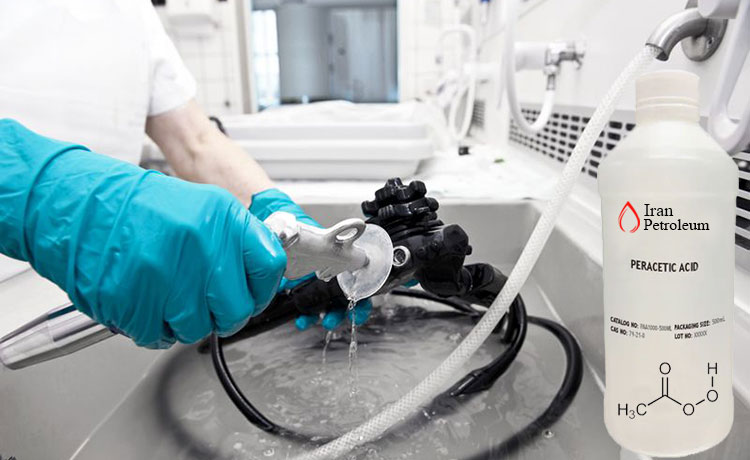
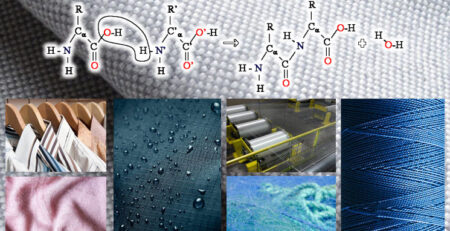
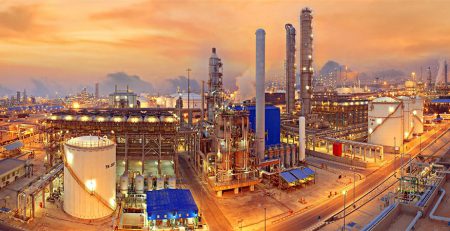
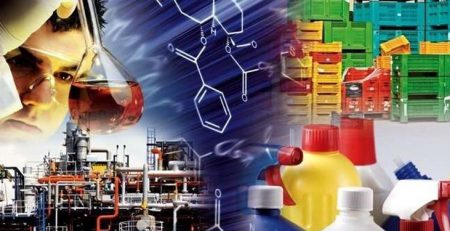
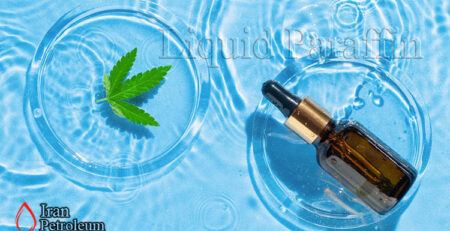
Leave a Reply